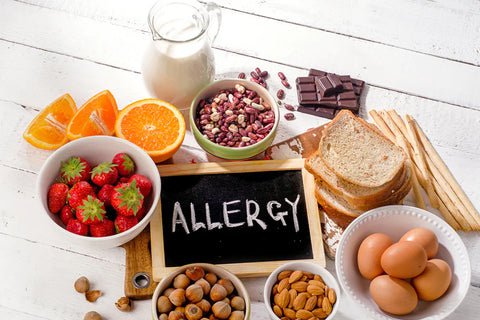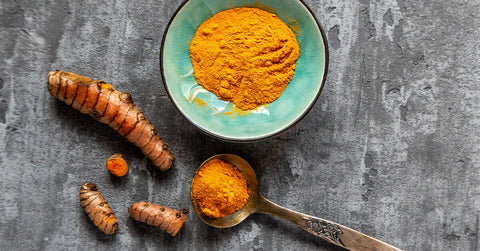Zenergie speaks to medical consultant Dr. Oumeish Youssef Oumeish about food allergies, what triggers them, and how to diagnose whether you have any.
A food allergy is an adverse immune response to food. There is a distinction to be made, however, between food allergies and food intolerance. Food intolerance can occur because of the body’s inability to absorb nutrients or because of the absence of specific chemicals or enzymes needed to digest a food substance; it has nothing to do with the immune system. A food allergy, on the other hand, occurs when certain proteins are not broken down in the digestive process and are tagged by a specific antibody called Immunoglobin E (IgE). “When these proteins are tagged, the immune system is fooled into treating the protein as if it were a harmful substance, resulting in an allergic reaction,” Dr. Oumeish explains. While the percentage of people who get food allergies ranges between two and 10 per cent, these allergies are generally more common in children than adults.
Whereas peanuts represent the most common food allergy, other food allergies are caused by high levels of protein in things like cow milk, eggs, wheat, soy, fish, shellfish and tree nuts. “When a person with a food allergy ingests food to which he or she is allergic, the immune system releases IgE antibodies that stimulate most cells containing histamines, a compound that is released in response to injury and in allergic and inflammatory reactions,” Dr. Oumeish explains. When these histamines are released with other chemicals, symptoms may occur within seconds of or up to an hour after consuming the specific food.
The symptoms of an allergic reaction to food can be mild or acute and, if not treated, may lead to death. A common visible symptom is hives, which appear as red, itchy bumps on the skin. Edema is another common reaction, which is swelling of the skin, particularly around the eyes, lips and tongue. Gastrointestinal reactions may also occur, with symptoms such as a stomach ache, an itchy mouth with bumps, nausea, vomiting, diarrhoea, bloody stool in infants and children and a taste of metal that lingers in the mouth. However, a food allergy can be regarded as more dangerous when the respiratory tract or blood circulation is affected. While runny nose, coughing and constant clearing of the throat are less serious symptoms, a more serious symptom is the closing of the windpipe, which leads to trouble swallowing and breathing. Wheezing and blue colouring of the lips and skin are signs indicating this specific reaction. In other severe cases of allergic reaction to food, symptoms may affect the respiratory tract and blood circulation, known as anaphylaxis. When areas of the body that have not had direct contact with the specific food are affected by the allergic reaction because no nutrients are circulated throughout the body, blood vessels widen, causing a decrease in blood pressure and potentially the loss of consciousness. People with asthma or an allergy to peanuts, tree nuts or seafood have a greater risk of suffering from anaphylaxis.
“A clinical diagnosis is extremely important in terms of identifying the specific foods that cause allergic reactions,” Dr. Oumeish says. “One of the easiest ways an allergist can test for food allergies is through a skin prick test.” A small board with protruding needles is used with allergens placed either on the board or directly on the skin. The skin is then punctured, allowing the allergens to enter the body. However, this test can only be used for the IgE antibodies, which leaves allergic reactions by other antibodies undetected. Blood testing is also an effective way to test for allergies. While a blood test can test for more than one allergen at one time, the down side is that it does not work on every possible allergen. A food challenge test is best for testing all food allergens, including those caused by IgE allergens. This involves giving the patient an allergen in the form of a pill and allowing the allergist to watch for signs and symptoms. The food challenge may be dangerous and must be performed under careful watch due to the possibility of anaphylaxis.
In terms of treatment, Dr. Oumeish says that antihistamines can be used, along with epinephrine injections. “Avoiding the food causing the adverse reaction is the easiest way to avoid an adverse reaction,” Dr. Oumeish explains. “Epinephrine injections should be carried by the patient at all times so that if a food is accidentally ingested, the injection can be administered immediately,” Dr. Oumeish adds. Dr. Oumeish recommends consulting your GP as well as an allergist to determine whether one is allergic to certain foods.




Comments (0)
There are no comments for this article. Be the first one to leave a message!